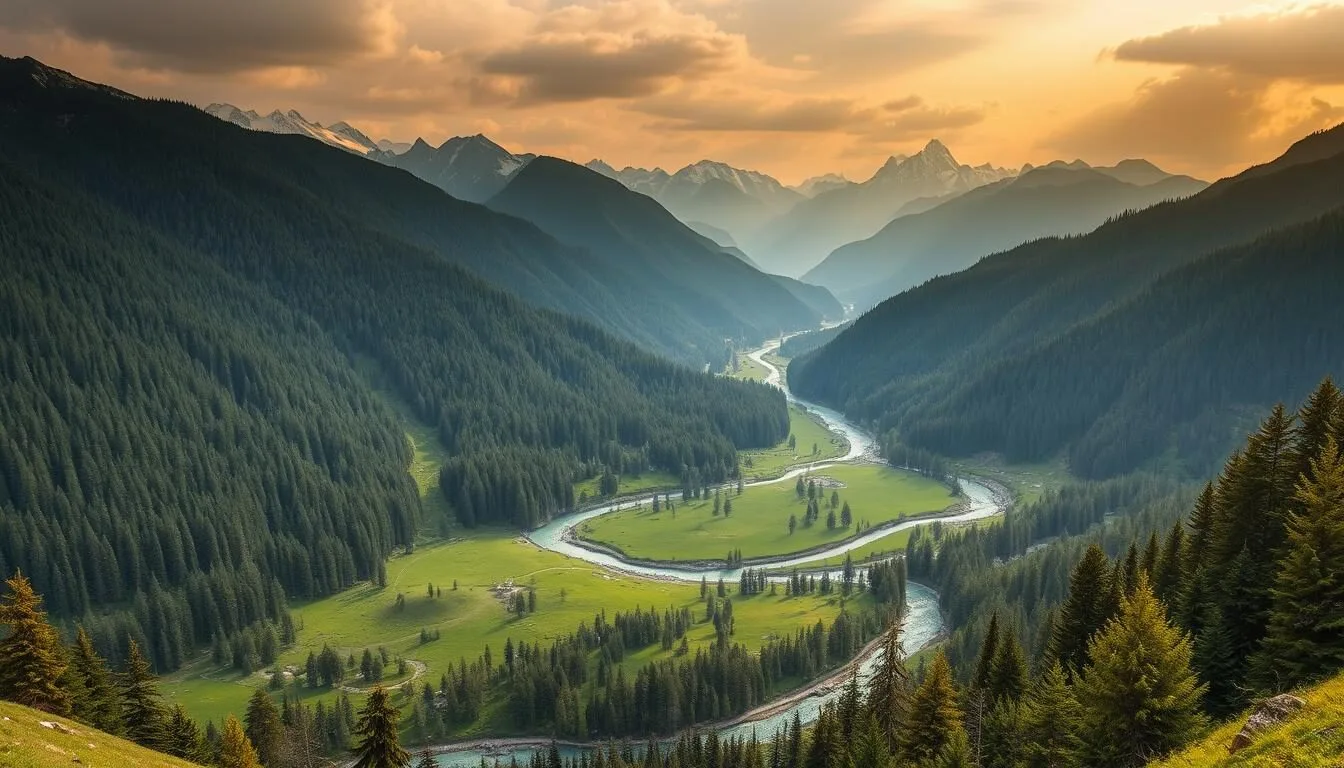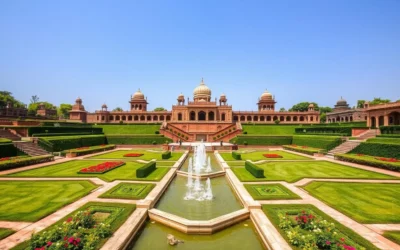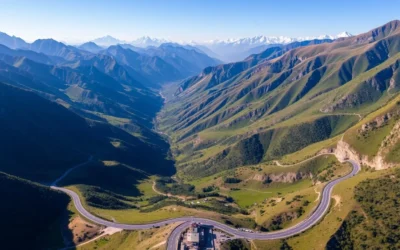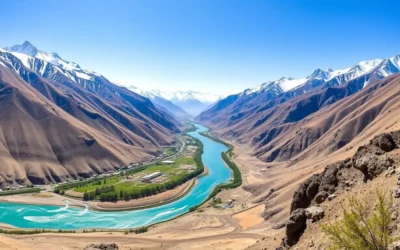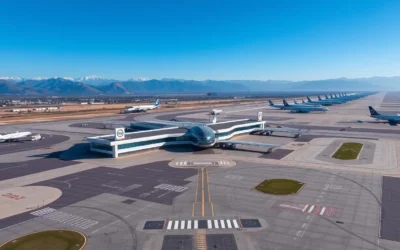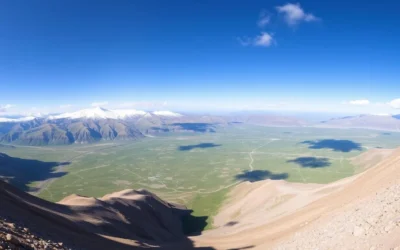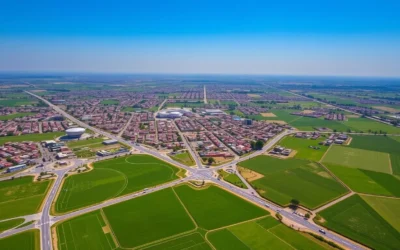✓ Accommodations✓ Flights✓ Rental Cars
Kumrat Valley boasts over 40,000 acres of pristine deodar forest, making it one of the largest untouched alpine woodlands in Pakistan’s northern territories. This hidden gem in the Upper Dir district of Khyber Pakhtunkhwa province has remained relatively unknown to international travelers, despite its breathtaking landscapes that rival Switzerland’s famous alpine scenery. From emerald-green meadows to the crystal-clear Panjkora River cutting through dense forests, Kumrat Valley offers an authentic wilderness experience that’s increasingly rare in today’s over-touristed world.
Overview of Kumrat Valley
Located in the Upper Dir district of Khyber Pakhtunkhwa province, Kumrat Valley sits at an elevation of approximately 1,402 meters (4,600 feet). This remote paradise is nestled within the Hindu Kush mountain range, creating a dramatic backdrop of snow-capped peaks against lush green forests. The valley is famous for its towering deodar trees, expansive meadows, and the pristine Panjkora River that flows through its heart.
For nature enthusiasts and adventure seekers, Kumrat Valley offers a perfect escape from urban life. The relatively recent emergence of this destination on Pakistan’s tourism map means it still retains much of its untouched beauty and authentic charm, making it an ideal choice for travelers seeking off-the-beaten-path experiences.
Getting to Kumrat Valley
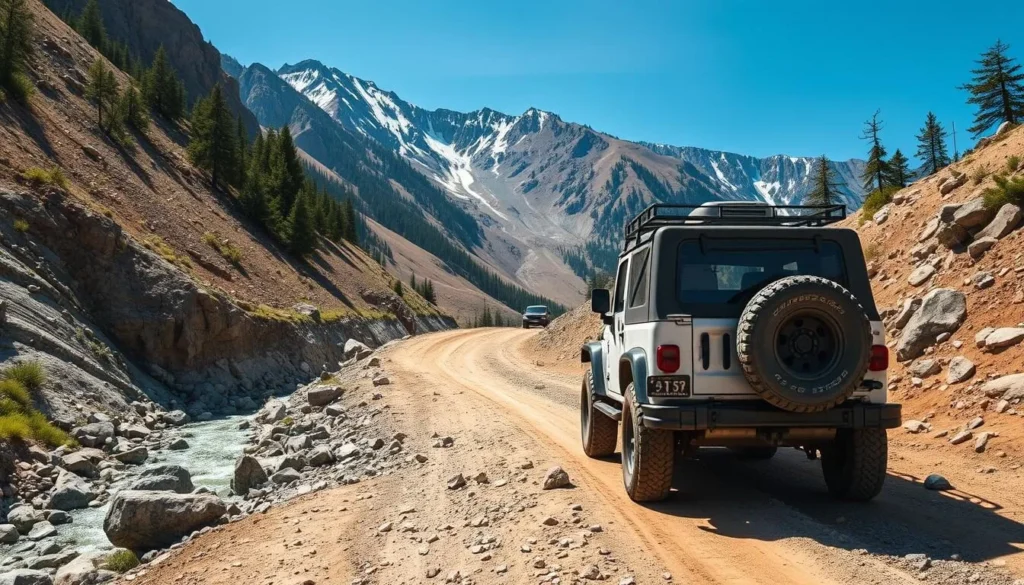
Reaching Kumrat Valley requires some planning due to its remote location, but the journey itself is part of the adventure. Here are the main routes to consider:
From Islamabad/Peshawar
The most common route begins with a drive from Islamabad or Peshawar to the town of Thal in Upper Dir district. This journey takes approximately 6-7 hours by car from Islamabad, covering about 329 kilometers of mostly paved roads. From Thal, you’ll need to hire a 4×4 vehicle for the final 45-kilometer stretch into Kumrat Valley, as the road becomes unpaved and challenging.
From Chitral
An alternative route is to fly from Islamabad to Chitral (approximately 1 hour) and then drive to Thal (6-7 hours). This option saves time if you’re planning to combine your Kumrat trip with a visit to Chitral and the Kalash Valleys.
Via Badgoi Pass (Seasonal)
For the adventurous traveler, there’s a route from Utror in Swat Valley across the Badgoi Pass (11,000+ feet elevation) to Thal. This route is only open from June to October and requires experienced drivers with 4×4 vehicles. The views are spectacular, but the road conditions are challenging.
Ready to start your journey?
Book your flights to Pakistan and begin your Kumrat Valley adventure!
Best Time to Visit Kumrat Valley
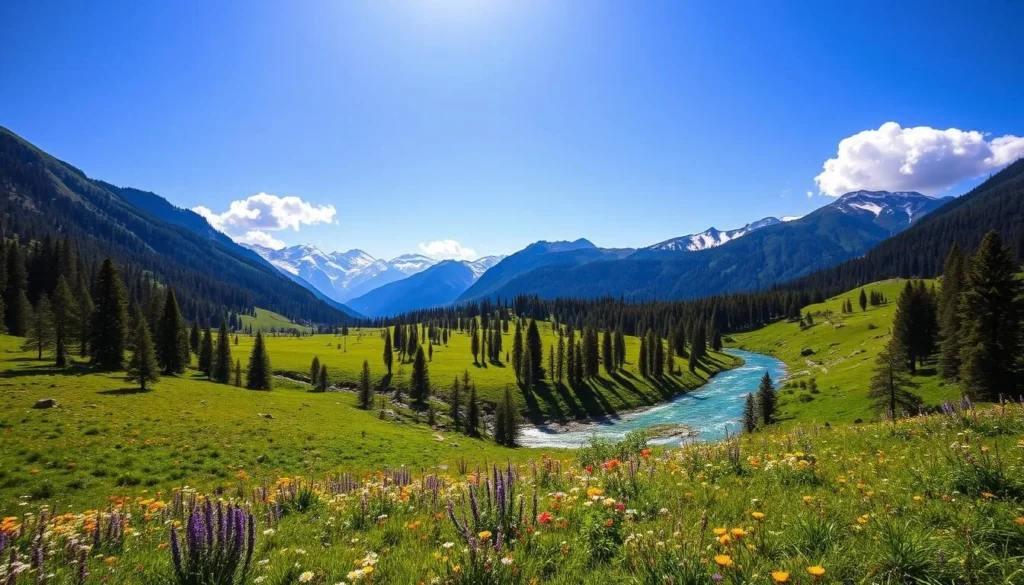
Kumrat Valley experiences distinct seasons, each offering a unique experience:
Summer (May to September)
This is the peak tourist season and generally considered the best time to visit. Daytime temperatures range from 15°C to 25°C (59°F to 77°F), perfect for outdoor activities. The valley is at its greenest, with wildflowers blooming across meadows and comfortable weather for trekking and camping. However, even summer nights can be chilly, so pack warm clothing.
Autumn (October to November)
Fall brings spectacular colors to Kumrat as the forest transforms into shades of red, orange, and gold. Temperatures begin to drop, ranging from 5°C to 15°C (41°F to 59°F). This is a photographer’s paradise with fewer tourists than summer.
Winter (December to February)
Winters are harsh with heavy snowfall and temperatures dropping to between -4°C and -16°C (25°F to 3°F). The valley becomes largely inaccessible as roads are blocked by snow. Only visit during this time if you’re specifically looking for a winter adventure and are well-prepared for extreme conditions.
Spring (March to April)
As the snow begins to melt, the valley gradually comes back to life. Early spring can still be quite cold and wet, with some roads remaining impassable until late April. By late spring, the weather improves significantly, making it a good time to visit before the summer crowds arrive.
Where to Stay in Kumrat Valley
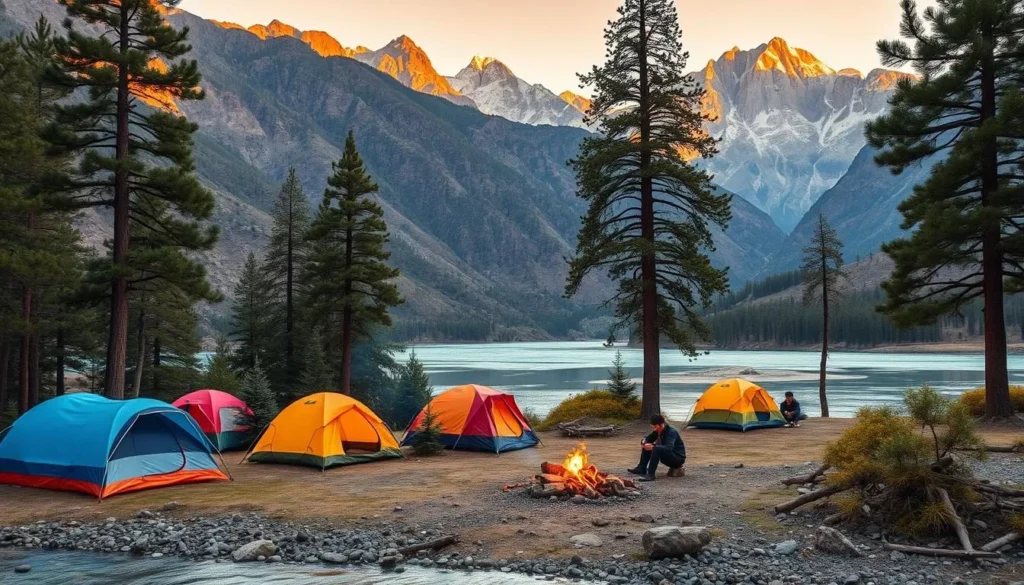
Accommodation in Kumrat Valley is basic but improving as tourism grows. Here are your main options:
Camping
The most popular and authentic way to experience Kumrat Valley is camping. Numerous tent camps are set up during the tourist season (May-September). These range from basic tents (around 200-800 Rs per night) to more comfortable “glamping” options. Many camps are located near the Panjkora River, offering stunning views and the soothing sound of flowing water.
Guesthouses and Hotels
A few small resorts and guesthouses have emerged in recent years. Options include Khanabadosh pods, Latitude Resorts, Kumrat Glamping Resorts, and Panjkora Hotel. Prices range from 3,000 to 25,000 Rs per night depending on facilities and location. Most accommodations operate on generators as there’s limited electricity in the valley.
Thal Accommodation
If you prefer more established facilities, staying in Thal (the gateway to Kumrat) is an option. Hotel Green Hills is one of the main hotels in Thal, offering basic but comfortable rooms. From here, you can make day trips into Kumrat Valley.
Find your perfect stay in Pakistan
Book accommodations near Kumrat Valley to ensure a comfortable base for your adventures.
Top Attractions in Kumrat Valley
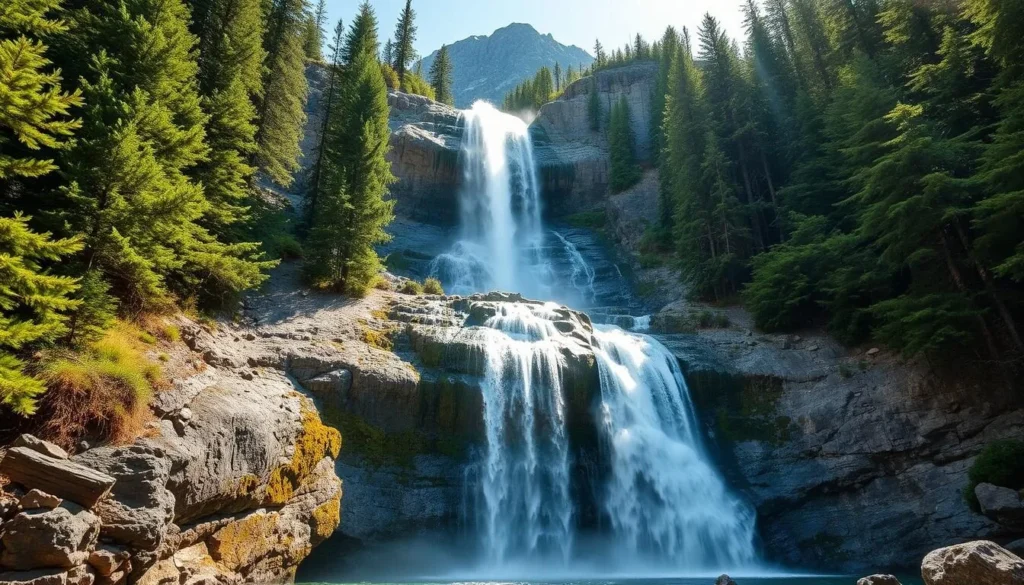
Kumrat Waterfall
One of the most visited sites in the valley, this impressive waterfall cascades down a smooth rock face with mountains rising around it. The water is crystal clear and ice-cold most of the year. The waterfall is at its most magnificent during late summer and monsoon season, while it freezes partially during winter months, creating a different kind of beauty.
Panjkora River
The lifeblood of the valley, the Panjkora River originates from glaciers in the Hindu Kush mountains. Its emerald-green and turquoise waters flow through the dense forest, creating spectacular scenery. The river is also a natural habitat for trout fish, making it popular for fishing enthusiasts. Spending time by the riverside is a must-do activity in Kumrat.
Kala Chashma (Black Spring)
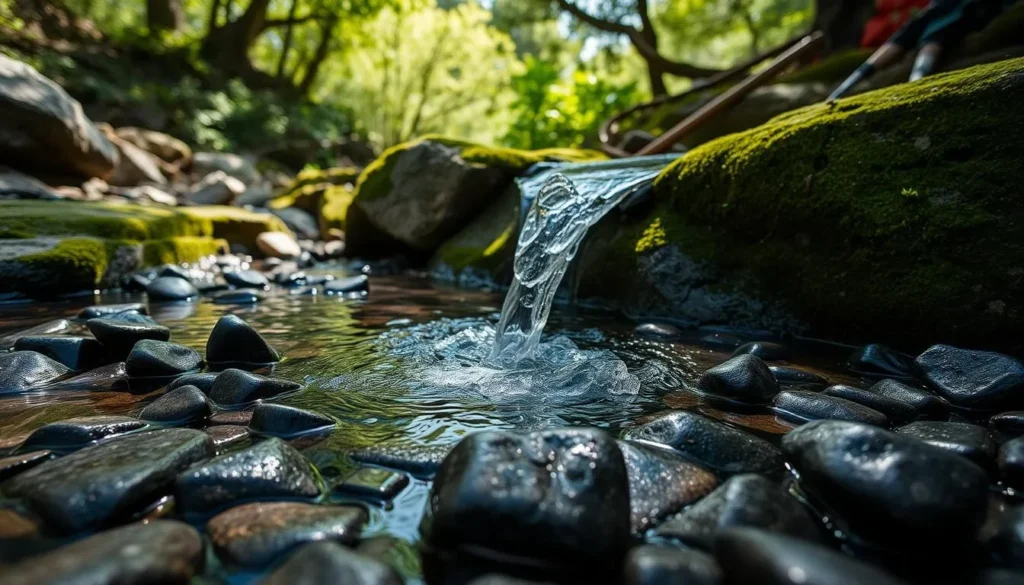
This natural spring gets its name from the black-colored stones from which the water emerges. Locals believe the water has healing properties. Reaching Kala Chashma requires a 4×4 vehicle journey through the dense forest, crossing the river at multiple points.
Jahaz Banda Meadows
Located at an elevation of 3,100 meters (10,170 feet), these alpine meadows are surrounded by snow-capped peaks. The 14-kilometer trek from Kumrat to Jahaz Banda offers breathtaking panoramic views. During summer, the meadows are carpeted with wildflowers, creating a spectacular natural display.
Katora Lake
For those willing to trek further, Katora Lake sits at 4,000 meters (13,120 feet) above sea level. This glacier-fed lake can be reached via a 6-kilometer hike from Jahaz Banda. The pristine blue waters surrounded by mountains make it worth the challenging journey.
Things to Do in Kumrat Valley
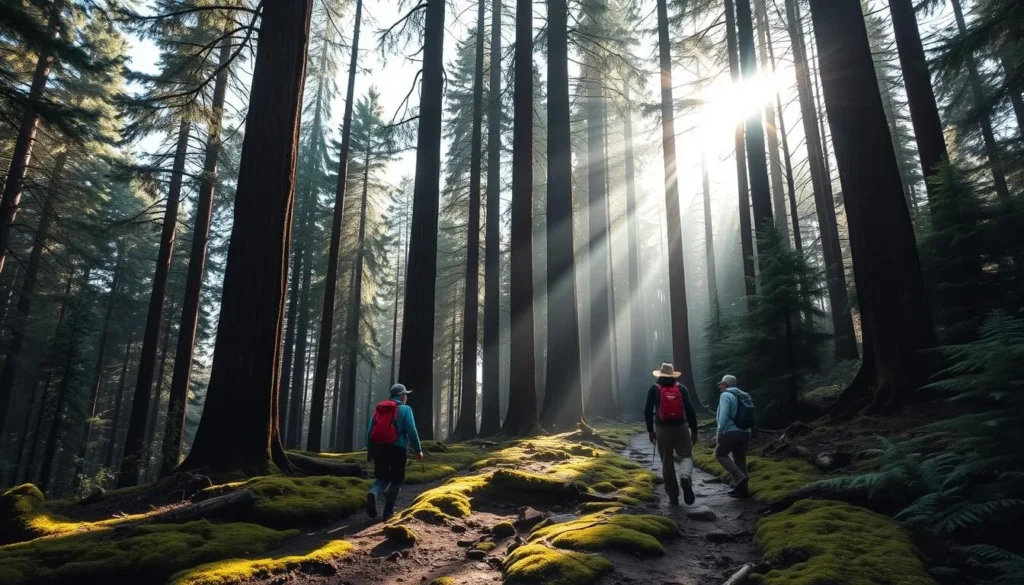
Trekking and Hiking
Kumrat Valley offers numerous trekking opportunities for all skill levels. Popular routes include the trek to Jahaz Banda Meadows and onward to Katora Lake. Shorter hikes through the deodar forest are perfect for beginners or those with limited time. Consider hiring a local guide for the best experience and safety.
Camping
Spending a night under the stars in Kumrat is an unforgettable experience. Popular camping spots include areas near the Panjkora River, Jahaz Banda Meadows, and various forest clearings. Remember to respect nature and follow leave-no-trace principles.
Photography
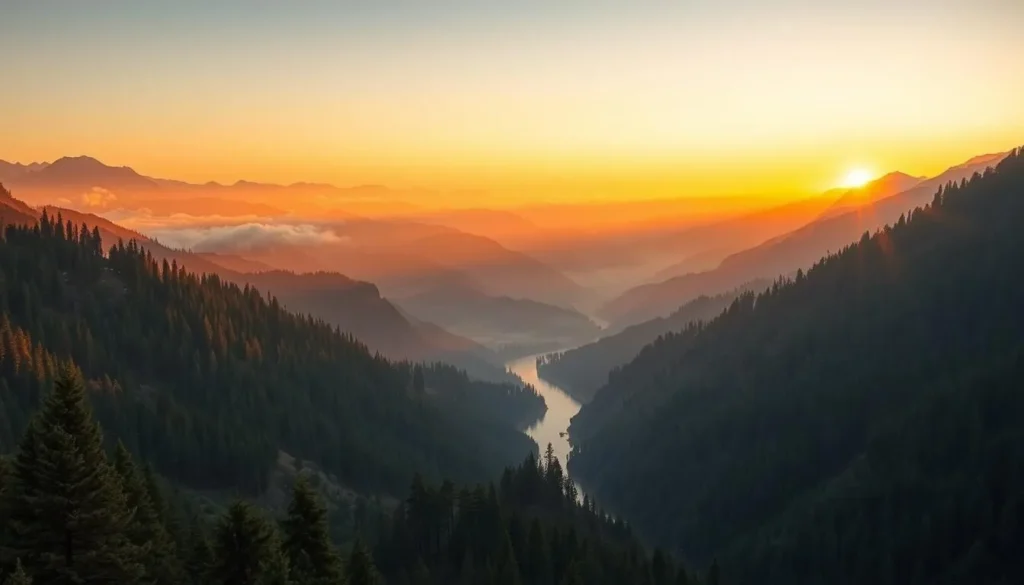
The valley is a paradise for photographers with its diverse landscapes. Dawn and dusk offer magical lighting conditions, while the changing seasons provide varied color palettes. Don’t miss capturing the interplay of light through the forest canopy, the flowing river, and the majestic mountains.
Fishing
The Panjkora River is home to brown and rainbow trout, making it an excellent spot for fishing enthusiasts. Local regulations may apply, so check with guides or accommodation providers about permits.
Cultural Experiences
Interact with the local communities to learn about their traditional way of life. The people of Upper Dir follow conservative customs, with men typically dressed in shalwar kameez and traditional pakol hats. While women are less visible in public spaces, you may see them working in fields alongside men, usually covered in traditional attire.
Practical Tips for Visiting Kumrat Valley
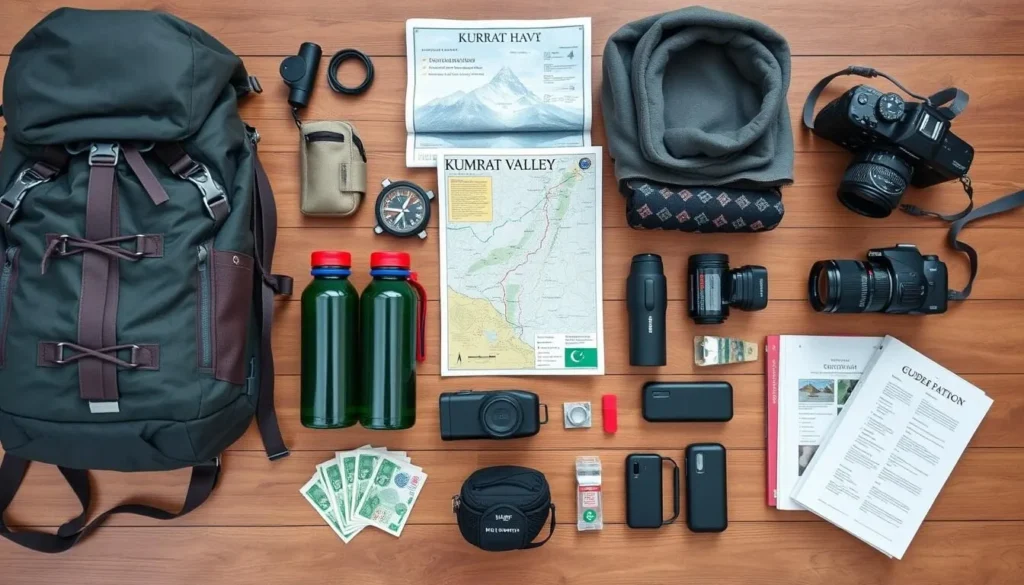
What to Pack
- Warm clothing (even in summer) as nights can be cold
- Sturdy hiking boots for trekking
- Rain gear (especially during monsoon season)
- Power banks (multiple) as electricity is limited
- Basic first aid kit
- Modest clothing respecting local culture
- Cash (ATMs are not available in Kumrat)
- Snacks and water for journeys
Communication
Cell phone service in Kumrat Valley is limited. Jazz and Telenor SIMs work at certain spots, but 4G connectivity is rare. Thal town has better network coverage. Inform family or friends about your itinerary before heading into areas with poor connectivity.
Transportation Within the Valley
Need transportation for your adventure?
Rent a vehicle to explore Kumrat Valley and surrounding areas at your own pace.
Once in Kumrat Valley, options for getting around are limited. Jeeps can be hired in Thal for day trips or longer excursions. A jeep with driver typically costs 2,000-4,000 Rs per day depending on the distance covered. For exploring deeper into the valley, hiking is often the only option.
Cultural Sensitivity
The Upper Dir region is conservative with limited exposure to international tourism. Dress modestly (covering shoulders and knees at minimum) and be respectful of local customs. Women travelers should consider wearing a headscarf in villages. Always ask permission before photographing locals.
Food and Dining in Kumrat Valley
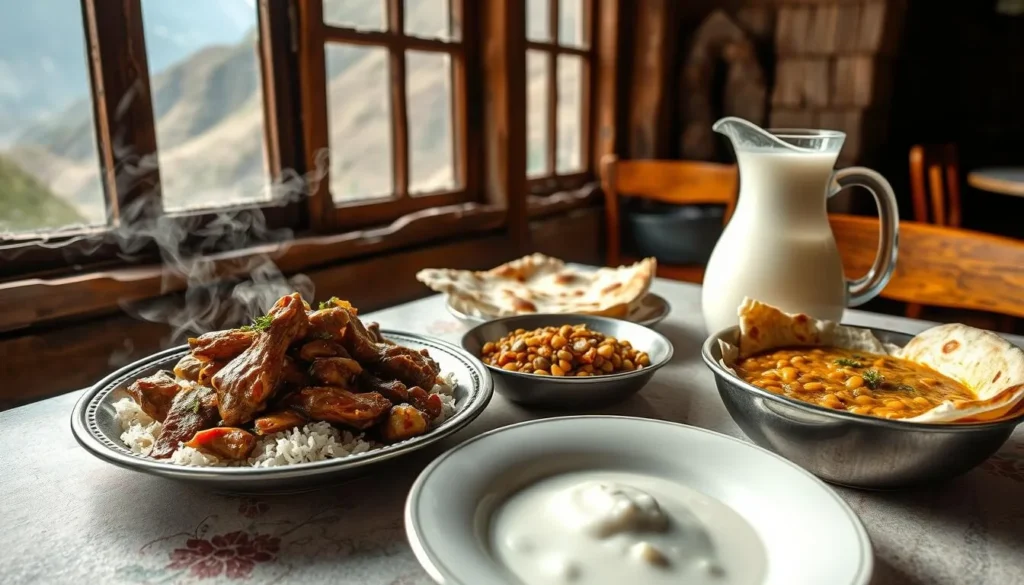
Dining options in Kumrat Valley are simple but delicious, focusing on traditional Pakistani cuisine:
Local Specialties
The staple diet in Upper Dir includes wheat and maize bread, dairy products like milk, butter, and lassi (yogurt drink), and simple vegetable preparations. Special dishes include kebabs, pulao rice, and meat curries. For tourists, chicken karahi (a spicy chicken dish) and mash daal (lentils) are commonly available at tent camps and small eateries.
Where to Eat
Most accommodation providers offer meal services. Small tea shops and basic restaurants can be found along the main areas of Kumrat and in Thal town. The food is fresh but facilities are basic. Carrying some snacks and ready-to-eat items is recommended, especially for longer treks.
Dining Etiquette
Meals are traditionally eaten sitting on the floor with food served on a dastarkhwan (cloth spread). Eating with the right hand is customary in Pakistani culture. Always wash hands before and after meals. If invited to a local home, removing shoes before entering and accepting at least some food as a gesture of respect is appreciated.
Safety and Considerations
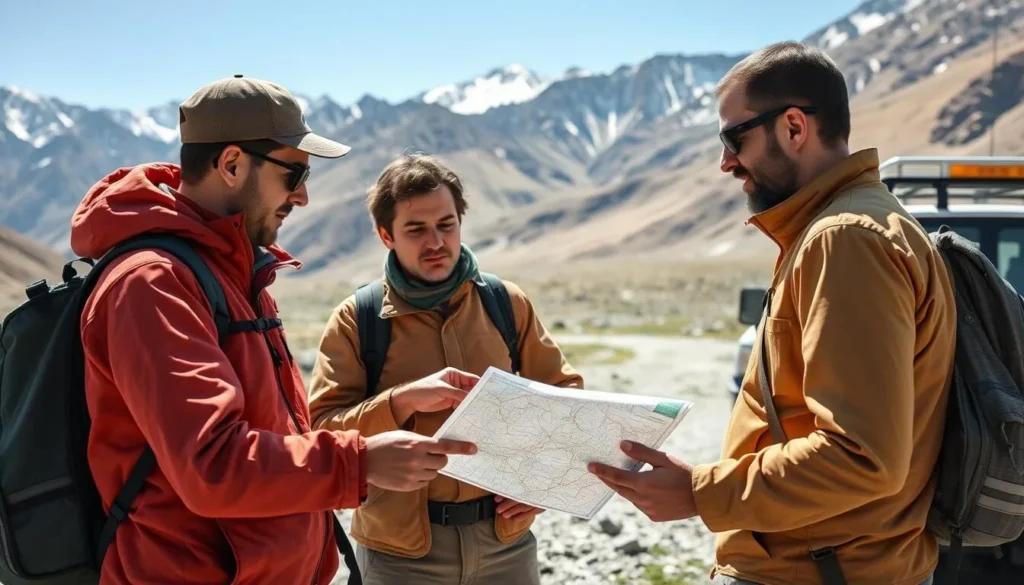
While Kumrat Valley is generally safe for tourists, there are important considerations to keep in mind:
Travel Advisories
Always check current travel advisories for Pakistan and specifically the Khyber Pakhtunkhwa province before planning your trip. The security situation has improved significantly in recent years, but staying informed is essential.
Local Guides
Hiring a local guide is highly recommended, especially for foreign visitors and women travelers. Guides can help navigate cultural norms, language barriers, and challenging terrain. They typically charge 1,500-2,000 Rs per day, with additional costs for overnight trips.
Weather Hazards
Mountain weather can change rapidly. Flash floods can occur during monsoon season (July-August), while avalanches are a risk in winter and early spring. Always check weather forecasts and heed local advice about trail conditions.
Women Travelers
Female travelers, especially those traveling solo, may face additional challenges in this conservative region. Consider joining a group or hiring a guide. Appropriate dress (loose clothing covering arms and legs) is essential. Some areas may require women to have a male companion for overnight stays.
Conclusion
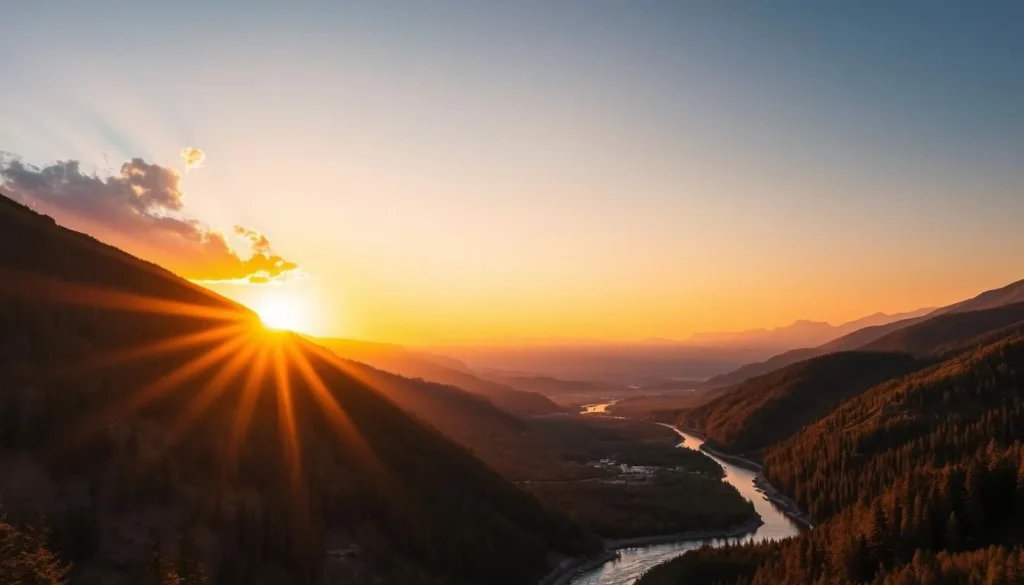
Kumrat Valley represents Pakistan’s untamed natural beauty at its finest. This hidden paradise offers a rare glimpse into a world where pristine forests, crystal-clear rivers, and majestic mountains create a landscape of breathtaking beauty. While reaching and exploring Kumrat requires effort and preparation, those who make the journey are rewarded with authentic experiences far from the crowds of more popular destinations.
Whether you’re trekking to high-altitude meadows, camping beside the turquoise waters of the Panjkora River, or simply soaking in the tranquility of the ancient deodar forests, Kumrat Valley promises memories that will last a lifetime. As tourism infrastructure continues to develop, now is the perfect time to discover this gem before it changes forever. Pack your sense of adventure and prepare to be amazed by one of Pakistan’s most spectacular natural treasures.
—
The above is subject to change.
Check back often to TRAVEL.COM for the latest travel tips and deals.
